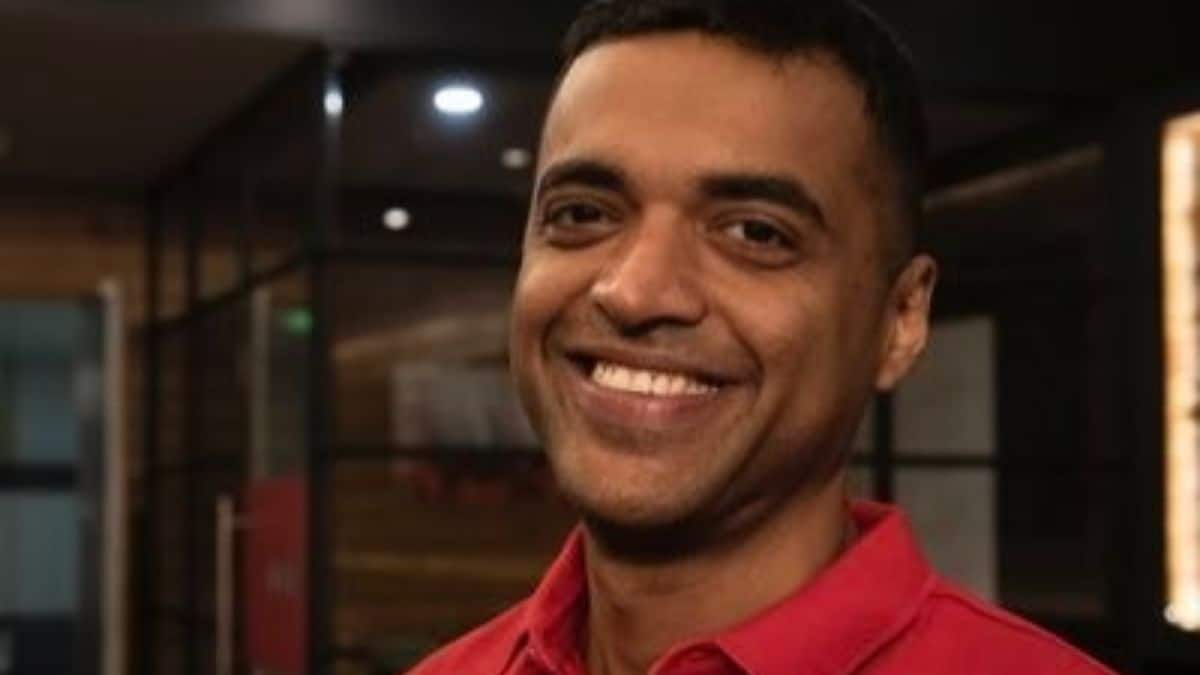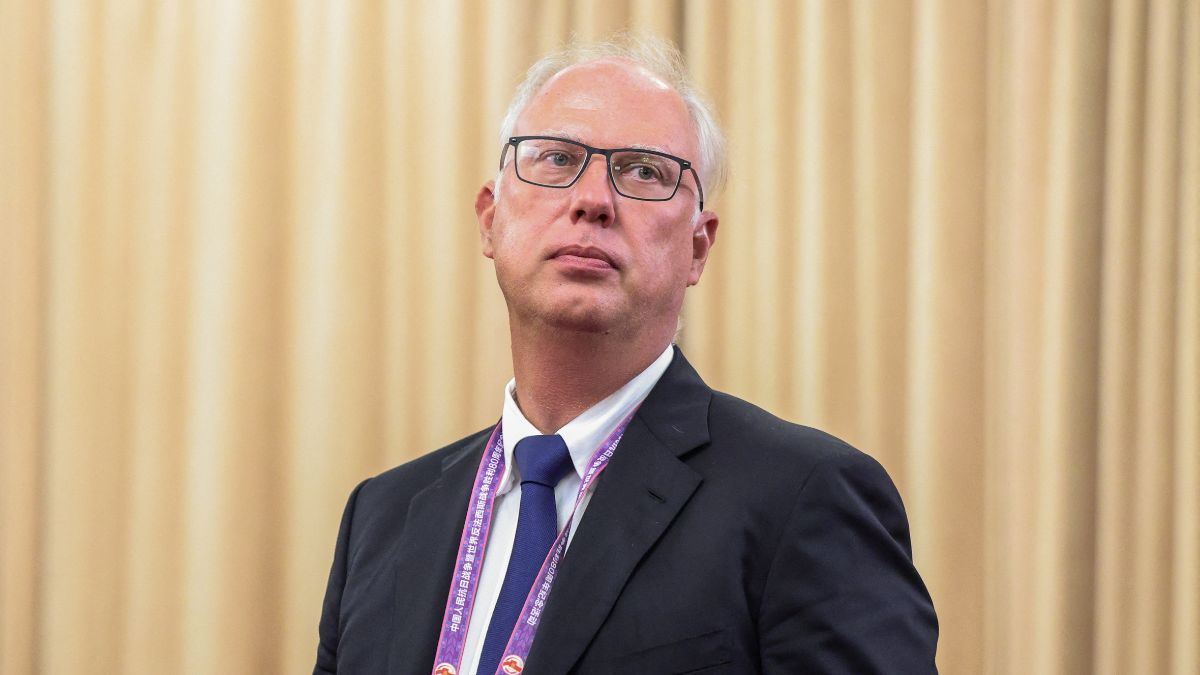For months, a 52-year-old woman from Kolkata struggled with worsening breathlessness, dizzy spells and sudden episodes of chest discomfort that made even routine movements feel overwhelming. The true cause remained unidentified until a detailed cardiac scan revealed an extraordinarily rare diagnosis: a hydatid cyst lodged deep within the interventricular septum of her heart.
A parasitic condition that rarely reaches the heart
Cardiac involvement in hydatid disease is exceedingly uncommon, occurring in only 0.5 to 3 per cent of cases worldwide and cysts arising in the septum are rarer still, representing barely four per cent of these already rare instances, said Dr Soumya Guha - Cardiothoracic and Vascular Surgeon at BM Birla Heart Hospital (Kolkata).
A months-long mystery behind worsening symptoms
Dr Guha: Hydatid cysts, caused by the Echinococcus granulosus parasite, typically form in the liver or lungs. Their presence in the heart is so unusual that early recognition becomes extremely challenging. Symptoms are often vague and mimic familiar cardiac conditions.
“Patients may initially experience occasional palpitations, gradually worsening breathlessness or a tightening sensation in the chest during exertion. In some cases, the discomfort can feel strikingly similar to angina, especially when the cyst causes distortion of the blood vessels supplying the heart. Because these signs overlap with common heart ailments, clinicians often identify the condition only when advanced imaging uncovers an unexpected structural anomaly.”
Early diagnosis is challenging because hydatid disease in the heart is rarely suspected. The condition is usually identified only after imaging reveals an unexpected abnormality and common cardiac causes have been ruled out. Confirmation requires specific immunoglobulin tests for Echinococcus, supported by characteristic findings on echocardiography and followed by CT or MRI. In most cases, the diagnosis emerges from a chain of investigations prompted by cardiac symptoms but an absence of typical structural heart disease.
How the growing cyst triggered dangerous arrhythmias
Dr Guha: In this case, the cyst had expanded enough to distort the heart’s internal architecture, triggering repeated episodes of ventricular tachycardia, a dangerous arrhythmia caused by irritation or stretching of the heart’s electrical pathways. The interventricular septum houses critical fibres essential for maintaining a stable rhythm. As the cyst enlarged, it disrupted these pathways, leading to recurrent arrhythmias and spells of loss of consciousness. Without timely treatment, such cysts can progress to complete heart block or even sudden cardiac arrest.
The high-stakes risks of hydatid cyst surgery
Dr Guha: Surgical removal presented its own life-threatening risks. Hydatid cysts contain fluid that, if accidentally released into the bloodstream, can provoke immediate and fatal anaphylaxis. Extraction required absolute precision: the mother cyst had to be removed intact, all daughter cysts cleared, the cavity sterilised with a carefully chosen scolicidal agent and the heart muscle reconstructed, all while ensuring that not a single drop of cyst fluid contaminated the operative field. Isolating the surgical zone with swabs soaked in agents such as hypertonic saline is the gold standard to prevent rupture and neutralise any accidental leakage. Suction systems, too, must function independently to avoid any mixing of cyst fluid with blood running through the heart-lung machine.
Multidisciplinary planning that enabled a safe operation
Dr Guha: The operation followed extensive pre-surgical planning involving cardiologists, radiologists, anaesthesiologists, nurses and technicians. This multidisciplinary coordination as essential to the success of such rare procedures. Before surgery, the team mapped the cyst’s exact position, anticipated every possible complication and established strict protocols from maintaining sterility to safely handling any leaked material. By the time the patient entered the operating theatre, every member of the team had a clearly defined role and a thorough understanding of the planned steps.
A precise and spill-free surgery leads to recovery
Dr Guha: The surgery proceeded with meticulous attention to detail. The team accessed the cyst, neutralised its contents, removed it intact and rebuilt the heart without damaging any vital vessel or nerve. Crucially, they avoided spillage. When the patient awoke free of arrhythmias and able to breathe without strain, it marked her first moment of relief in months. Her recovery progressed smoothly, and she soon returned home, liberated from a fear that had steadily taken over her life.
Prevention hinges on hygiene and breaking the parasite cycle
Dr Guha: Hydatid disease often goes unnoticed for years because its early symptoms are subtle and nonspecific. Diagnosis hinges on detailed imaging, supported by immunoglobulin tests for Echinococcus. Prevention depends on interrupting the parasite’s life cycle, which commonly involves dogs as primary hosts and livestock as intermediate hosts. The need for regular deworming of dogs, strict hygiene when handling raw food or meat, proper disposal of animal waste and thorough cleaning of fruits and vegetables. Because humans are accidental hosts, the importance of consistent personal hygiene and safe food practices, especially in communities where people frequently interact with canines and livestock.


)

)
)
)
)
)
)
)
)



